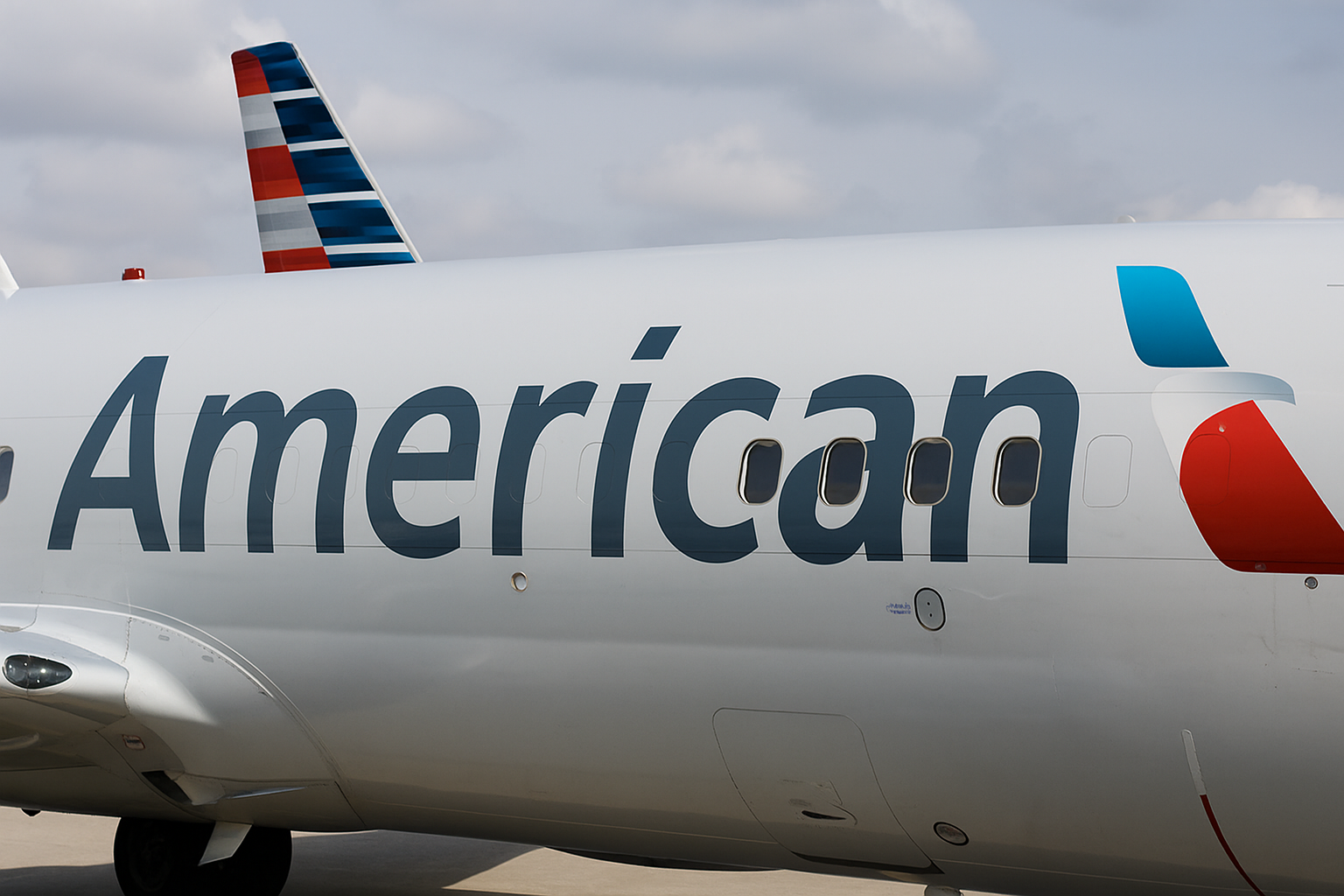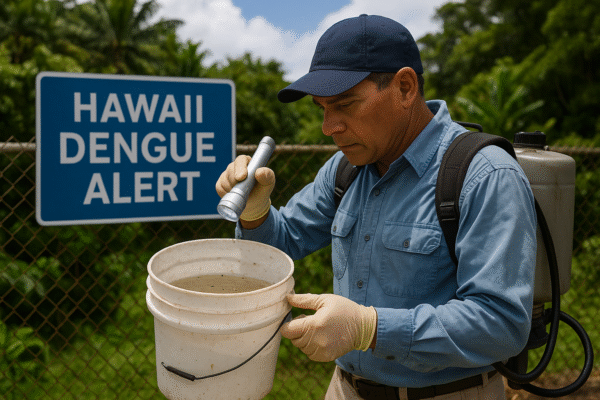Hungary’s tourism and travel sector is set for a transformation as Budapest Liszt Ferenc International Airport rolls out sweeping traffic regulations and infrastructure upgrades starting August 15, 2025. The changes are part of a two-phase traffic overhaul aimed at easing congestion, improving safety, and streamlining passenger flow during peak travel seasons.
With over 17 million passengers passing through annually, Budapest Airport serves as a critical gateway for both domestic and international tourism. According to the Hungarian Tourism Agency, the capital has seen a steady rise in foreign arrivals, driven by its UNESCO heritage sites, Danube River cruises, and growing conference tourism sector.
Phase 1: Terminal Parking Becomes the New Pick-Up Zone
In the first phase, already in effect, drivers collecting passengers must now use the newly developed Terminal Parking area.
- Location: Just a 1–2 minute walk from the terminal.
- Free Parking: Up to 5 minutes once per day for pick-up.
- Goal: Reduce gridlock at the arrivals level and improve traffic flow.
This measure comes in response to long-standing congestion at the arrivals curb, which has been a challenge during summer peak hours and holiday seasons.
Phase 2: Private Vehicles Restricted from Arrivals Level
From August 15, private cars will no longer have direct access to the arrivals level. Entry will be limited to:
- Public transport vehicles (BKK)
- Licensed taxis
- Official airport service vehicles
- Vehicles with a disabled parking permit (20 minutes free at arrivals or 60 minutes free in Terminal Parking).
According to Budapest Airport Zrt., this regulation will significantly improve passenger safety and reduce the risk of bottlenecks during busy periods.
Temporary Restrictions Already in Place from August 8
To prepare passengers and drivers for the changes, a transition period began on August 8:
- Only vehicles weighing under 5 tons are allowed on the departures level.
- Drop-offs must be conducted parallel to the traffic island to avoid obstruction.
This adjustment phase is designed to give drivers time to adapt before the full rollout of Phase 2.
Infrastructure Upgrades Supporting the New Rules
The new traffic rules follow an extensive bridge and departures level renovation, which included:
- Replacement of waterproofing systems and drainage upgrades to prevent water damage.
- Installation of new expansion joints for structural stability.
- Barrier island redesign to improve vehicle navigation and safety.
- Overhaul of low-voltage cable routes to support modern airport systems.
Airport engineers confirm that these updates will extend the lifespan of the structure while supporting future passenger growth projections.
Public Transport Access Remains Unchanged
Travelers will still have access to Route 100E, the popular airport shuttle connecting the terminal to Budapest city center in 35–40 minutes.
- Fare: 2,200 HUF (approx. €5.60) per trip.
- Frequency: Every 10–15 minutes.
Tour buses will also continue to operate from the designated coach terminal, unaffected by the new restrictions.
Impact on Tourism and Passenger Flow
According to Hungary’s Central Statistical Office (KSH), foreign tourist arrivals in 2024 rose by 12% year-on-year, with Budapest accounting for over half of the total. The airport’s improved traffic system is expected to:
- Reduce arrival time delays by up to 15%.
- Lower vehicle congestion during peak morning and evening flight waves.
- Enhance passenger safety by reducing curbside crowding.
Tourism experts predict that these changes will benefit cruise passengers, who often face tight transfer schedules between the airport and river docks.
Advice for Travelers and Drivers
- Plan Ahead: If picking up passengers, allow extra time for parking and walking to the terminal.
- Use Public Transport: Consider the 100E shuttle or mainline rail connections from Nyugati and Keleti stations to avoid parking delays.
- Check Airport Updates: Follow Budapest Airport’s official website and mobile app for real-time traffic and parking information.
- Disabled Access: Ensure your permit is visible for extended free parking privileges.
Looking to the Future
Airport CEO Chris Dinsdale has stated that these changes are part of a wider development plan that includes:
- Expanding Terminal 2B capacity.
- Introducing green mobility initiatives such as electric shuttle buses.
- Preparing for an expected 20 million annual passengers by 2030.
With Hungary positioning itself as a top European city-break destination, the improved traffic system at Budapest Airport is seen as a critical step in maintaining competitiveness in global tourism.
Bottom Line:
From August 15, Budapest Liszt Ferenc International Airport will restrict private car access to arrivals, introduce new parking rules, and complete major infrastructure upgrades. These changes aim to reduce congestion, improve safety, and support Hungary’s booming tourism sector while giving passengers a smoother start or end to their journey.
For more travel news like this, keep reading Global Travel Wire
















